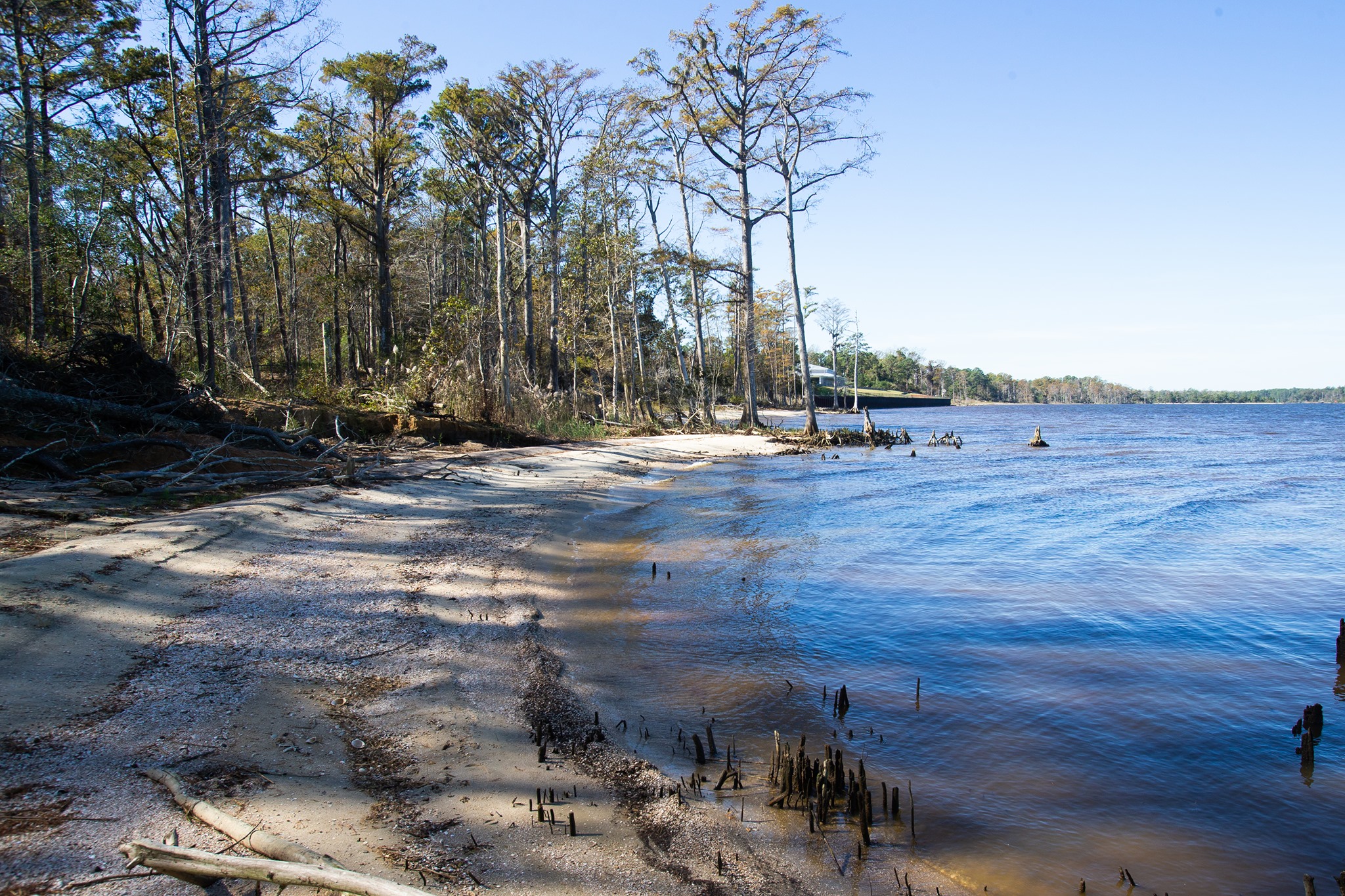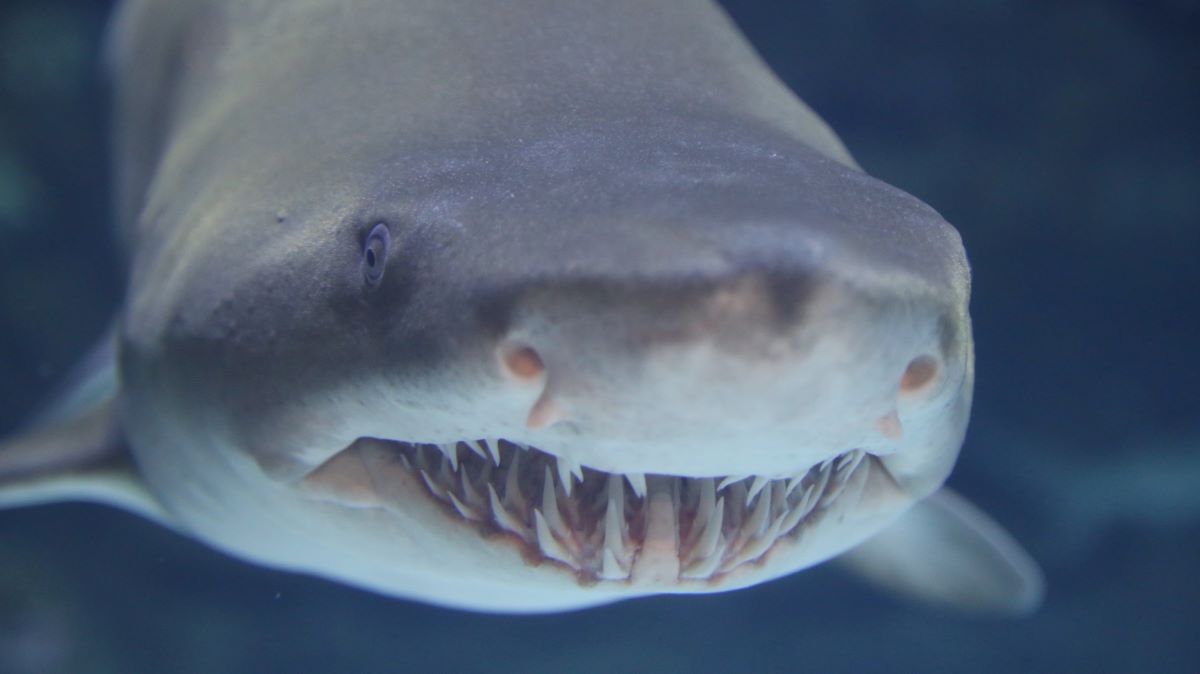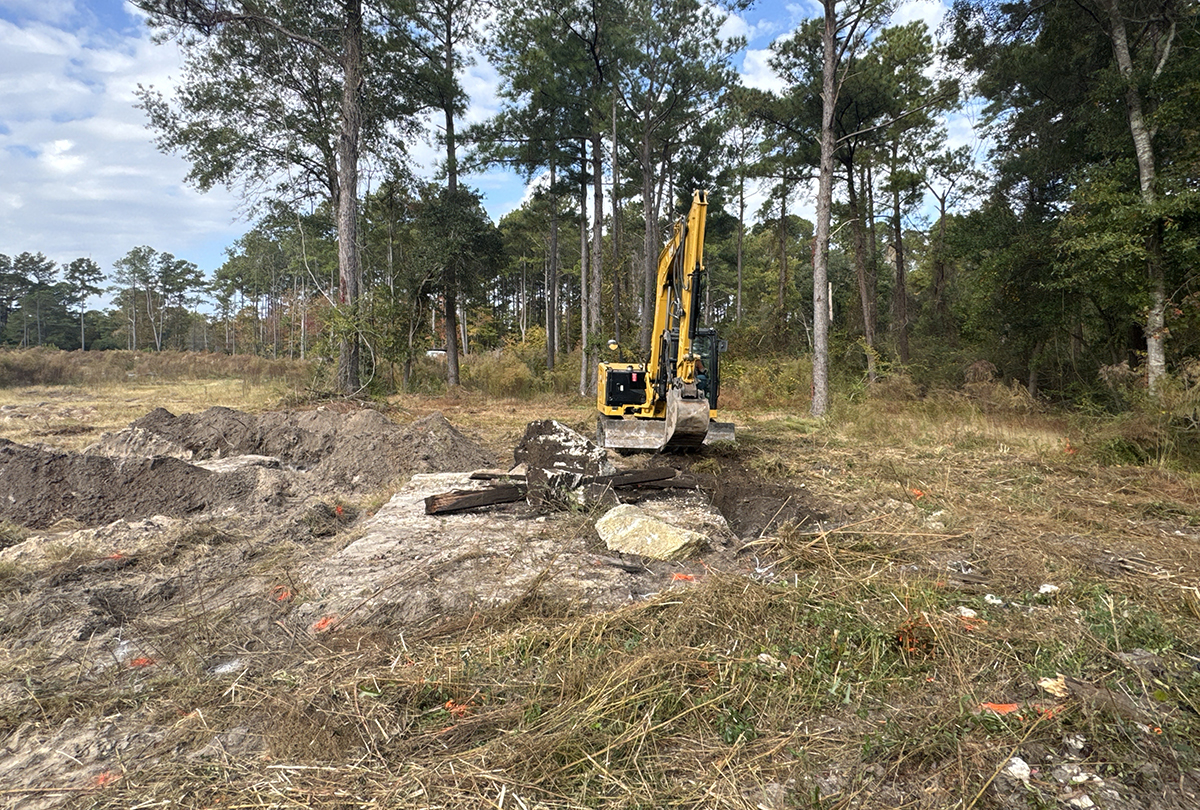
An effort is in the works to bring back the eastern oyster to a section of the Neuse River.
The eastern oyster, or Crassostrea virginica, thrived 80 years ago along the Neuse River near what is now Marine Corps Air Station Cherry Point. Since then, the local Eastern oyster population has gradually faded, according to environmental specialists at the military instillation.
Supporter Spotlight
Through a partnership between Cherry Point Environmental Affairs Department, or EAD, and Duke University, Duke is leading a study to determine the feasibility of reintroducing the once native oyster species back into this section of the Neuse River, Cherry Point announced Sunday on social media.
Dozens of settlement plates were placed along various sections of the shoreline. According Cherry Point EAD Natural Resources Manager Jessica Guilianelli, the plates are used to test if the environment along the Neuse River would foster the growth and survival of juvenile eastern oysters. The plates contain juvenile oysters. If the oysters grow, and attract other oysters to the area, this could be a positive indicator.
The partnership came about through Duke University’s Duke Restore program, a new initiative to build partnerships within the academic community as well as with government and nongovernmental organizations, or NGOs. The project has multiple teams researching different themes like living shorelines and blue carbon. The project incorporates scientific design and mentorship as well as hands-on training for scientists.
Cherry Point’s partnership with Duke University is part of a much larger, ongoing project on the installation.
Cherry Point EAD records show the Neuse River shoreline has suffered significant erosion, receding more than 20 feet in some locations since 1994.
Supporter Spotlight
Additionally, more than 5,000 linear feet of shoreline along the Neuse River was severely damaged during Hurricane Florence in 2018. Since then, Cherry Point EAD has been working to secure funding to repair the damage and make extensive improvements to the shoreline’s design.
EAD is planning to construct a living shoreline, a combination of an offshore sill and native vegetation that maximizes shoreline protection and generates ecological benefits such as carbon storage and essential habitats for vertebrates, such as fish, and invertebrates such as shellfish, the announcement states.
The new shoreline layout will incorporate designs that will allow the shoreline to accumulate sediment material as opposed to continual erosion.
Guilianelli said that the project paves the way for a shoreline that protects the infrastructure, is environmentally conscious, and sets the installation up for success for decades to come.







